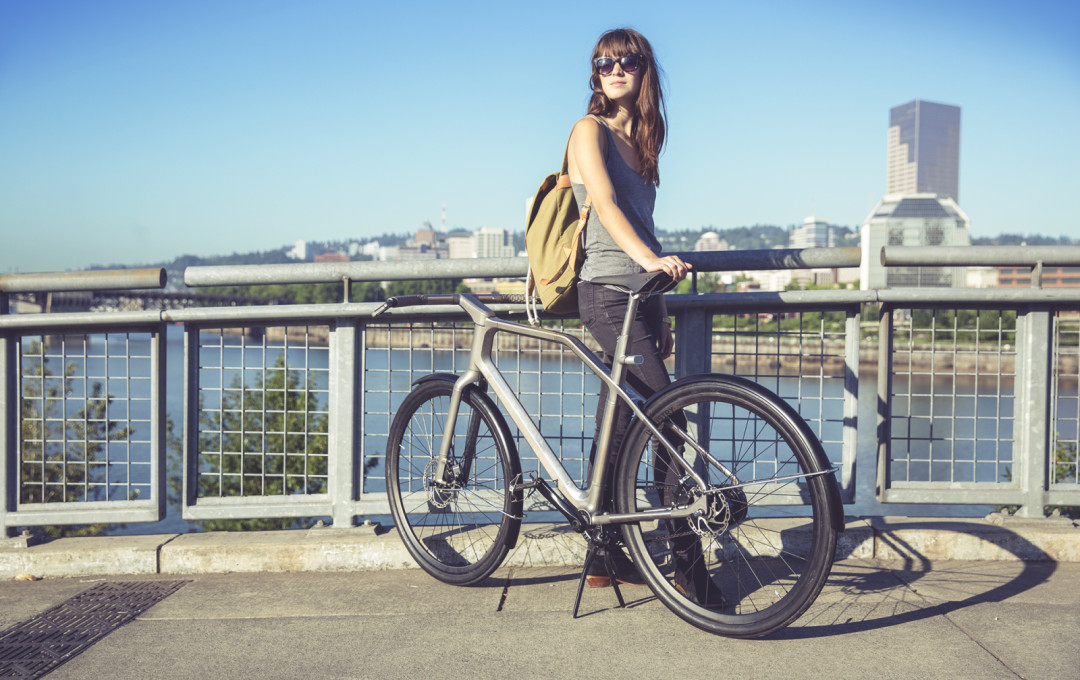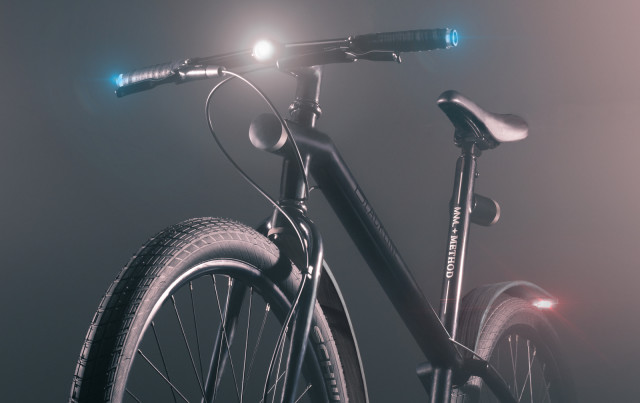Five Revolutionary Bike Designs from Oregon Manifest

Solid, a collaboration between the Portland design consultancy Industry and Ti Cycles, employs a 3-D printed titanium frame and a mobile app that connects to the bike via Bluetooth to aid navigation.
Since 2011, the Bike Design Project's Oregon Manifest program has challenged industrial designers and bike builders to create prototypes for city utility bikes: rides tailored to the simultaneously rugged and sophisticated needs of the practical urban rider. Last weekend, the five 2014 entrants—teams from five cities, each pairing a design firm with a professional cycle-building shop—unveiled their entrants. This year's twist: the public will vote, and the winner will go into commercial production.
"The seeds of this year's competition were really planted in 2011," says Manifest's Shannon Holt. "A lot of radical thinking has come out of these collaborations. But what we saw afterwards was that the bikes were everywhere online and in the media—but not available to the public."
This year, Manifest will make at least one concept a reality through a deal with Fuji. "They very bravely agreed to produce a mystery bike, before we could even see a design," Holt says. That incentive also added a parameter to the competition. "The reality of mass production gives a real-world constraint that didn't exist last time," Holt says. "It requires practicality. But at the same time, these teams aren't locked into any kind of traditional production calendar or manufacturing pipeline, so they can think broadly and radically. What should a transportation bike really be?"
Among Manifest's charges to the five competing teams: designs needed to integrate key features, bringing security and lighting on board. "Imagine if you went to buy a car and the message was, great, but you need to pick out the headlights and the locking mechanism separately. It would be completely unacceptable."
Which bike should become part of the urban landscape? Check out this slideshow:

